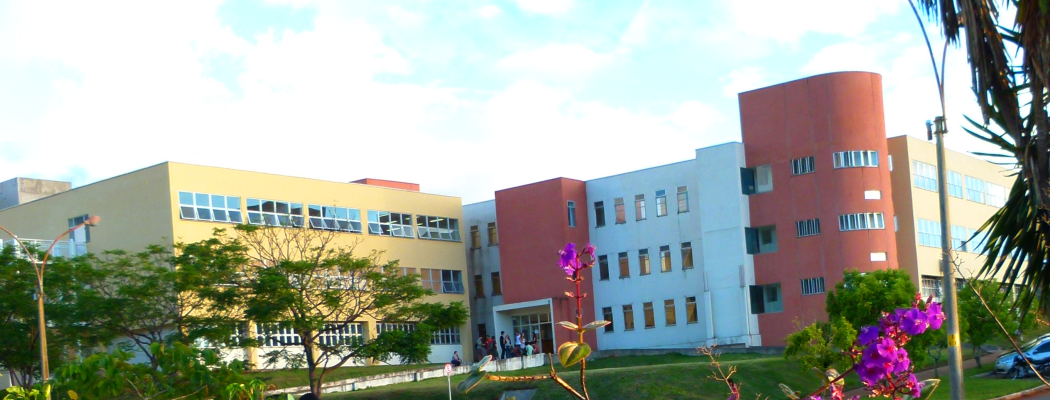
The Program encourages the social inclusion, the regional development, and the support of actions carried out in the middle and high schools. Thus, it intends to promote educational, social, cultural, and technological/economic impacts as well as to allow the regional development with regional, national, and international partnerships.
The program has Ouro Preto as its laboratory, which was the first Brazilian city among the first ones in the world to be designated a World Heritage by the United Nations Educational, Scientific and Cultural Organization (UNESCO) in 1980. The city is also part of the natural heritage of Serra do Espinhaço, certified by UNESCO in 2005 as a Biosphere Reserve, being among the select few sites on the planet to hold the double title of Heritage of Humanity. It is also the Brazilian city with the most extensive heritage collection protected by national and international conservation bodies.
The Program's concentration area is “The Tourism in Heritage Cities and Regional Development”, and it has two research lines: a) Tourism, Public Policies, and Regional Development, and b) Heritage, Memory, and Cultural Goods






